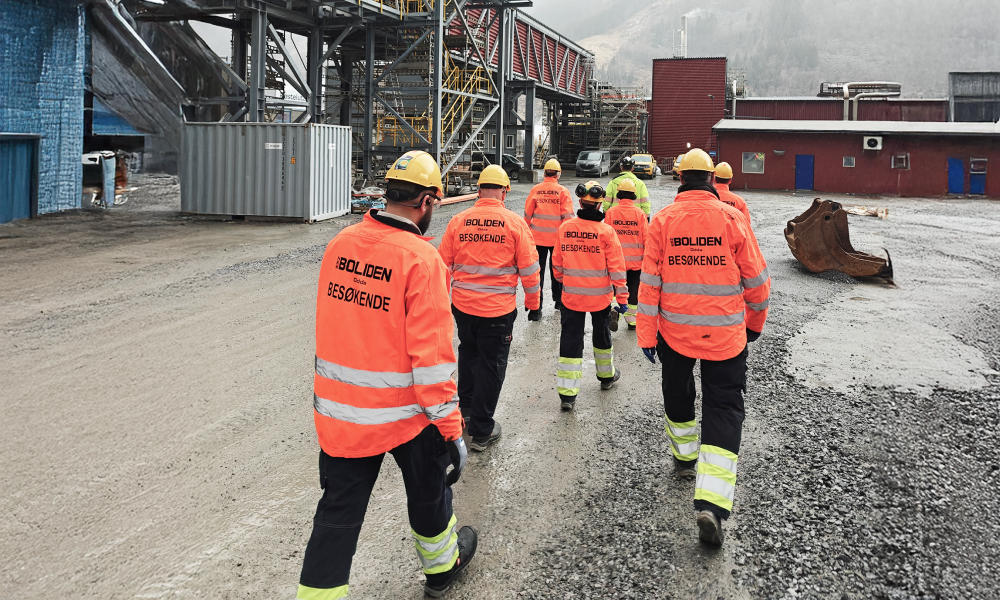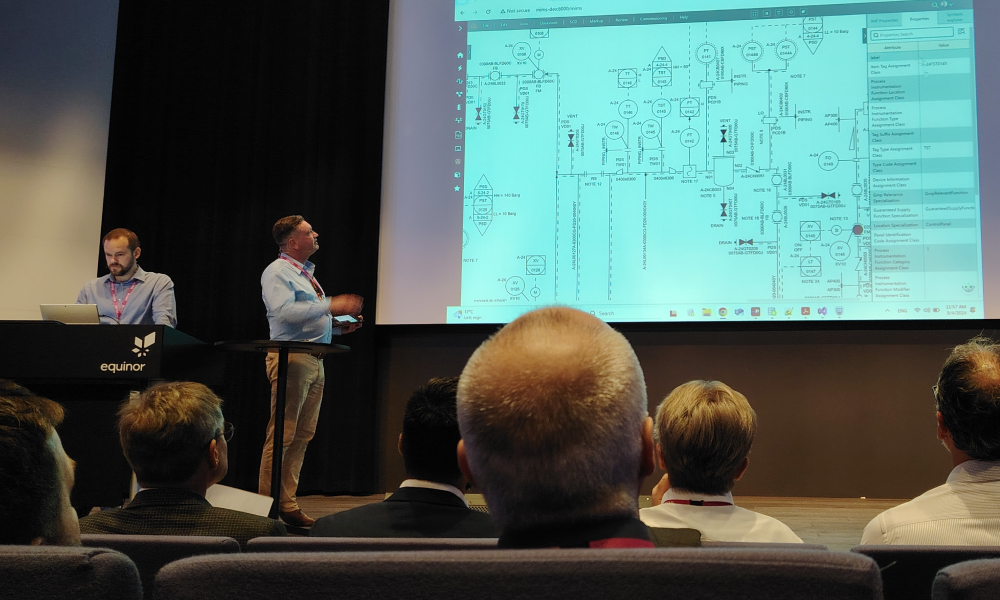Why an EDMS is the smarter choice for heavy industry companies
Digital transformation in heavy industry companies hinges on identifying the right tools. That includes adopting documentation management tools that are capable of handling the volume and complexity of engineering documents, like an EDMS. But what does EDMS stand for and how is it different from a DMS?
Firstly, what is a DMS?
DMS stands for Document Management Systems, which are software that create, store, manage, and process files and information. They replace outdated physical storage and automate the filling and retrieval of documents, while strictly managing user access and permissions. That means your information remains secure, while stakeholders can access the files they need from anywhere in the world.
General DMS tools are already quite commonplace in most industries, including tools like Microsoft Sharepoint that enable scalable collaboration. However, there are also specialised DMS solutions created for industries like Finance, Accounting, HR, and — of course — Engineering.
What does EDMS stand for?
The EDMS meaning is short for Engineering Document Management Systems. They are DMS solutions with features built for engineering documents, drawings, and data.
(You might also see EDMS refer to ‘electronic document management systems’, but that term is only used to differentiate modern document management systems from old, paper-based ones.)
EDMS are optimised for CAD software integration, and support major 2D and 3D CAD products that are integral to asset-heavy organisations in engineering, construction, manufacturing, mining, and oil and gas.

Why is EDMS the better choice for heavy industry?
A general DMS provides several benefits, including:
- Centralised data storage accessible to users no matter where they are
- Collaboration between stakeholders
- Standardisation and limitation of errors
- Version tracking based on multiple authors and editors
However, an owner operator of an offshore facility needs more than generic document management. Heavy industry companies need accurate engineering documents to reduce emergency breakdowns, avoid millions of dollars in damage, and keep their people safe.
Engineering documents like facility documentation, manuals, reports and CAD drawings are dynamic. They have to be regularly updated, approved, and redlined to accurately reflect an asset throughout its lifecycle. And, to comply with strict standards, companies need to ensure that document management has a clear audit history.
Typical DMS tools aren’t compatible with CAD files, BIM models, schematics, and 3D rendering of assets, and therefore can’t support the everyday needs for oil refinery, mining, or infrastructure. While you could close this gap through various third-party add-ins or expensive customisation, an EDMS is inherently made to match the demands of heavy industry.

Investing in an EDMS offers all the features of a DMS, with added CAD integration and compatibility with complex engineering systems, including legacy tools. An EDMS helps reduce physical document storage costs, reduce redundant or error-prone tasks, and prevent siloed and disconnected information.
Version control tracks revisions, recording audit trails that help you meet ISO standards. And, with accurate, accessible, and up-to-date documentation, you can manage risks, plan effectively to meet contract terms, and improve cost control – especially over ageing assets that require regular upkeep.
Pick the right tool for the job
Industry-specific data management solutions will always be worth the investment. Here at Draga, we understand better than anyone the various demands in heavy industry, especially when it comes to engineering document management. With 70% of our team composed of engineers with experience working in oil and gas, and clients in industries like mining and infrastructure, we’ve seen firsthand what works and what doesn’t.
If you’re still on the fence about finding the right EDMS to transition out of legacy document management systems, reach out to us today for a consultation.
You May Also Like
These Related Stories

Leading sustainability in metal production with Green Zinc Odda 4.0
.png)
Meeting tomorrow’s innovators at Viewport Innovation Day 2024


